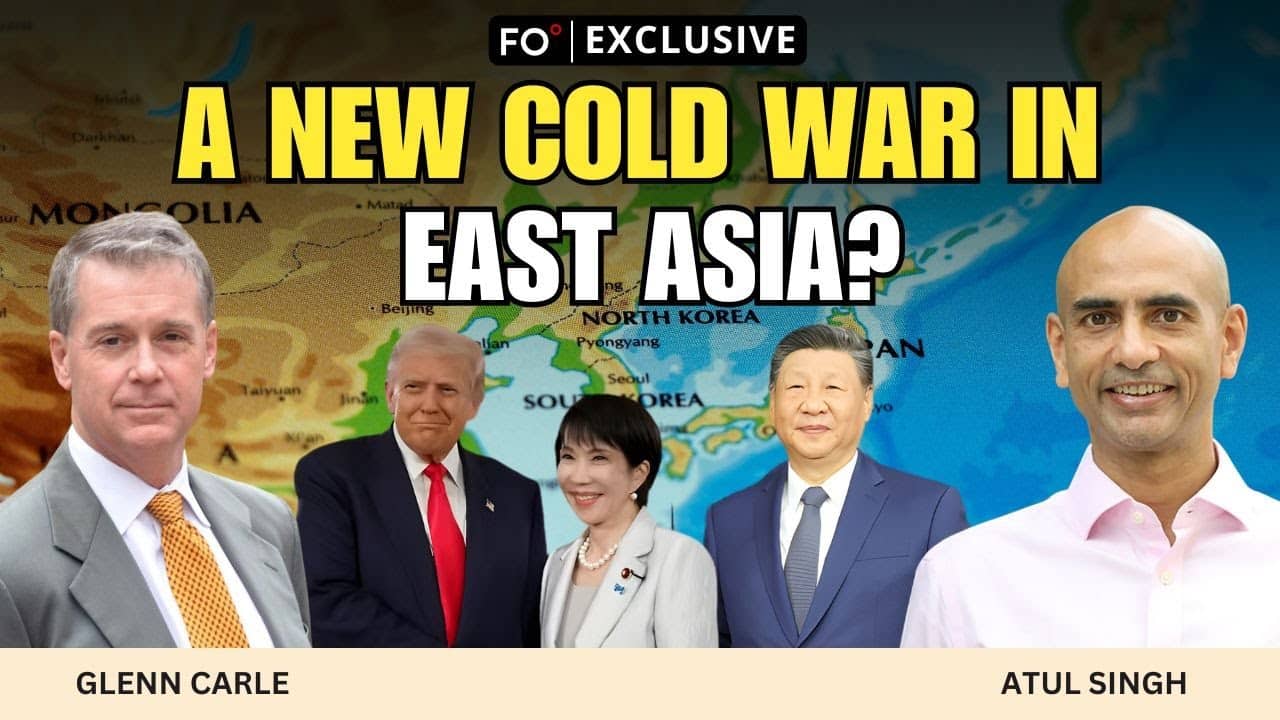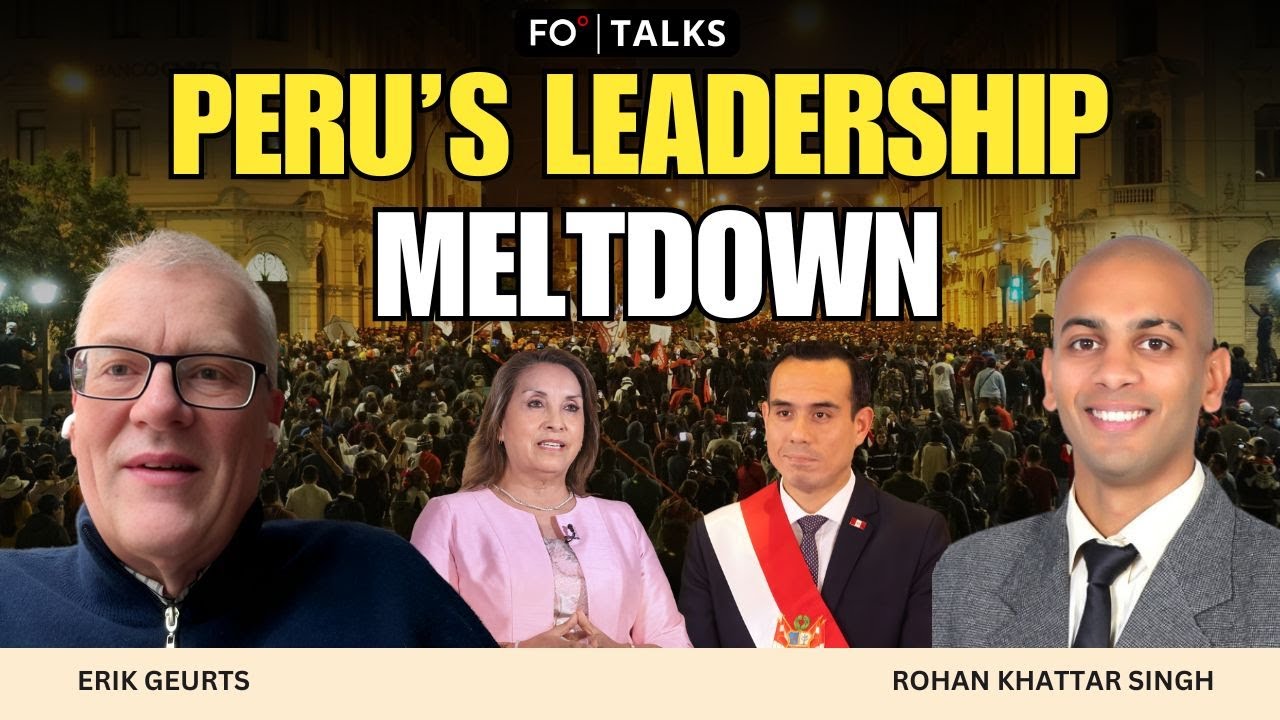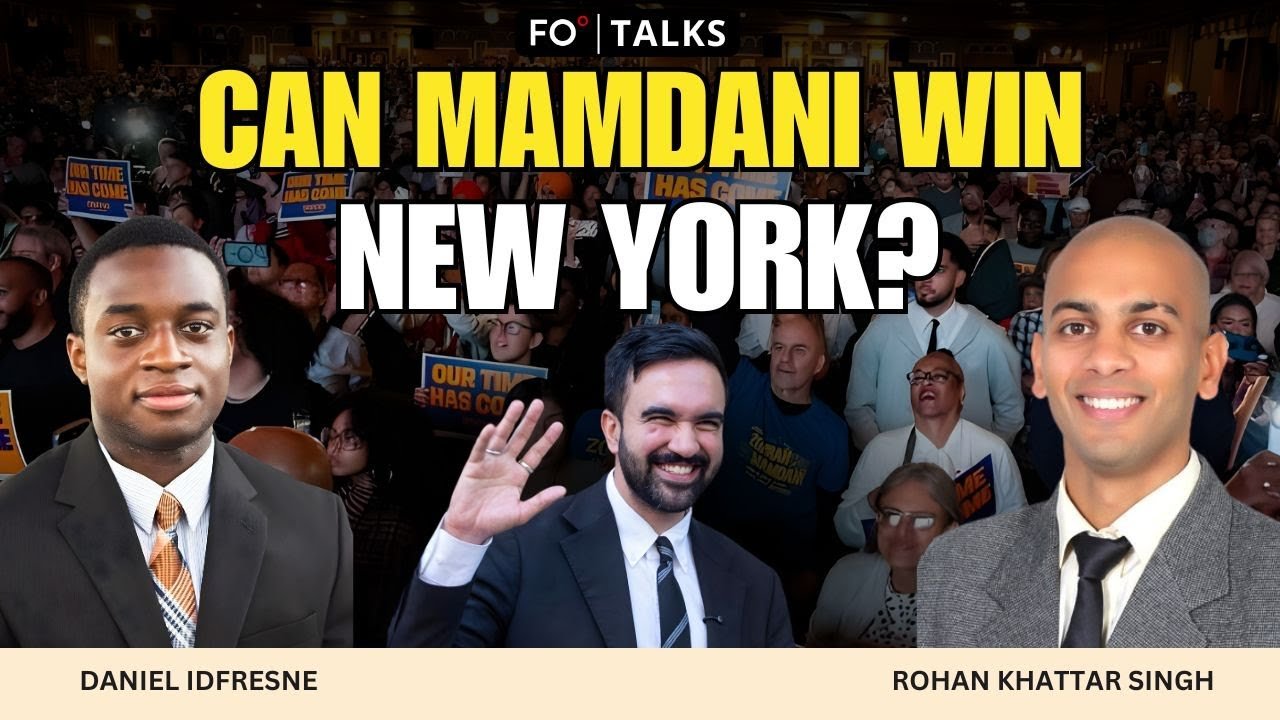Starting in 1978, the Chinese economy grew spectacularly for about three decades. That era of rapid economic growth is over. There are both proximate and structural causes for the economic slowdown.
The three key proximate causes are COVID-19, US actions to dominate the commanding heights of cutting-edge technology and the new anti-globalization zeitgeist. The long-term structural causes for the Chinese slowdown include the collapse of China’s real estate bubble, the bad debts on the books of most banks, declining demography, the rising cost of labor, the limits of its exports-led growth model in a new era of protectionism, and the reassertion of state control over the market.
For decades, China enjoyed a virtuous economic cycle and appeared to defy the economic laws of gravity. Now, the Middle Kingdom is finding that it too is subject to the same business cycles and animal spirits as everyone else.
The Deng effect
We must remember that China’s spectacular growth was propelled by a unique set of circumstances. Mao Zedong’s Great Leap Forward and Cultural Revolution were unmitigated disasters. Mao caused the world’s greatest famine. Between the spring of 1959 and the end of 1961, an estimated 30 million people starved to death. About the same number of births were lost or postponed. Mao’s policies artificially depressed the Chinese economy, which was inevitably going to rebound at some time.
Once Mao died, Deng Xiaoping, his comrade in the Long March, took over as the big boss of the Chinese Communist Party (CCP). In 1978, Deng famously kicked off pro-market reforms in China. This was heresy for ardent communists, but Deng responded with a comment that still reverberates today: “It doesn’t matter whether a cat is black or white, as long as it catches mice.”
Deng’s cat did catch mice. Growth rates rose in China. Few remember that it also brought problems. Inequality, inflation and corruption rose too. In 1989, thousands of students congregated in Tiananmen Square. Deng ordered troops to crush the demonstrations, but they rattled the CCP. The collapse of the Soviet Union made CCP leaders more nervous. James Carter of The China Project tells us that the consensus in Zhongnanhai, the former imperial garden of the Imperial City, which now ironically serves as the headquarters of the CCP, was clear: Mikhail Gorbachev's reforms led to the Soviet collapse. Deng “took the opposite view: more reform and opening, not less, was needed.” Nánxún, Deng’s now legendary southern tour modeled after Qing Emperor Kangxi’s 1684 tour, made the case for reform, and CCP leaders fell in line. Hence, the Chinese economy roared on in the 1990s.
In 2001, the same year the US suffered the 9/11 attacks, China joined the World Trade Organization (WTO). With the US championing globalization and free trade, China became “the factory of the world,” and a 20-year growth spurt followed. Even the 2007–08 financial crisis did not do the Middle Kingdom much damage. Americans, Europeans, Africans and even other Asians bought “Made in China” goods such as shoes, t-shirts, cell phones, laptops and more. Executives shipped production to China because labor was cheap, infrastructure extraordinary and production efficient.
The Chinese enjoyed a great party, but like any other party, it was unlikely to last forever.
The Xi effect and Uncle Sam strikes back
In 2019, the coronavirus epidemic broke out in Wuhan and then went on to become a pandemic that spread throughout the world. Lockdowns caused downturns around the world. As others gradually opened up their economies, Chinese President Xi Jinping imposed a draconian zero-COVID policy for nearly three years, wrecking the economy. As a result, protests broke out across the country and continued to rage despite the CCP’s silent but brutal crackdown.
Eventually, Xi made a silent and abrupt U-turn. On December 7, the CCP abandoned Xi’s zero-COVID policy and China opened up for business. Naturally, opening up has not proved to be painless. It is causing an increase in illnesses and hospitalizations. China has been caught napping. Both vaccines and antiviral drugs have been in short supply. The health care system itself is under strain. One model “foresees 1.7 million deaths across China by the end of April 2023.” By the end of the year, China could easily lose two to three million people.
Apart from COVID, China faces external headwinds now. US President Joe Biden’s CHIPS and Science Act has kicked off strong industrial policy to counter the world’s manufacturing powerhouse. This legislation will boost American semiconductor research, development, and production. The goal is to ensure US leadership in the technology that forms the foundation of everything from automobiles to household appliances to defense systems. Today, the US comprises just 10% of the global semiconductor production. In contrast, the figure for East Asia is 75%. This legislation seeks to make semiconductor design and manufacturing in America great again.
The White House tells us that the CHIPS and Science Act “provides $52.7 billion for American semiconductor research, development, manufacturing, and workforce development.” Furthermore, it “will unlock hundreds of billions more in private sector semiconductor investment across the country, including production essential to national defense and critical sectors.”
Not only is the US boosting semiconductor production at home, but it is also cutting out China from the best semiconductor technology. In effect, the US has hit China with a one-two punch. On October 7, 2022, the US “announced a new export controls policy on artificial intelligence (AI) and semiconductor technologies to China.” As per Gregory C. Allen of the Center for Strategic and International Studies (CSIS), “the Biden administration is trying to (1) strangle the Chinese AI industry by choking off access to high-end AI chips; (2) block China from designing AI chips domestically by choking off China’s access to U.S.-made chip design software; (3) block China from manufacturing advanced chips by choking off access to U.S.-built semiconductor manufacturing equipment; and (4) block China from domestically producing semiconductor manufacturing equipment by choking off access to U.S.-built components.”
Allen rightly points out that the US has abandoned market-driven laissez-faire policies and is now “firmly focused on retaining control over so-called “chokepoint” (or as it is sometimes translated from Chinese “stranglehold”) technologies in the global semiconductor technology supply chain.”
The new economic zeitgeist has also turned against China. Supply chain fears have raised security questions about offshoring. Friendshoring, nearshoring and reshoring are now part of the policy lexicon. It is clear that China can no longer rely on its export-led model. The glorious era that began in 1978 is now over.
China’s structural problems
As if COVID and external headwinds were not enough, the Chinese economy has daunting structural problems. These are starting to catch up with Beijing after decades of breathless growth. The top structural problem for China is real estate, whose woes are well-documented. These woes are not going away and will hobble growth not only in 2023 but also going forward.
According to Harvard economist Ken Rogoff, residential real estate absorbs 29% of all private investment in China, and given the intentional uselessness of Chinese statistics, this figure could actually be as high as 40%. A little comparison is useful. In the US, residential real estate comprises 3-5% of GDP. In 2020, it was just under 3% of American private investment. Even in 2007, at the height of the housing bubble, real estate was 6% of American private investment. And we know what happened in 2007-08.
In China, people invest in housing for a key reason. The Middle Kingdom has industrialized speedily, but its financial sector is still largely underdeveloped. Having suffered from the disastrous Great Leap Forward and the chaos of the Cultural Revolution, Chinese families are hardwired to save. This savings glut seeks an investment outlet. In an overpopulated, land-scarce country, the primary investment of society is in real estate. Housing forms the “savings” mechanism of the economy.
Such a phenomenon has created a dangerous real estate bubble. As a result, Ponzi schemes have proliferated, such as the infamous China Evergrande Group, with “eye-watering debts of $300bn” that it is unlikely to ever pay back.
This bubble has created a major problem for Xi and his policymakers. On the one hand, Chinese authorities have to curb the real estate bubble. Housing prices had become so high that new buyers were crowded out of the market. The challenge for Chinese authorities is to make sure that housing prices are not so high as to crowd out new buyers from the market. Yet they do not want prices to fall too much because household savings are trapped in real estate. Falling house prices would make people feel poorer and make the transition to a consumption-led economy more difficult. This is a top priority for Beijing because CCP leaders recognize the limits of the old economic model that has served the country so well since 1980. Therefore, China is focusing on innovation to find new sources of growth.
To add salt to its economic wound, China seems to have adopted a new Maoism with a cult of personality centered around Xi, increased aggression and ever-tighter control of the economy. This Maoism without Marx is dangerous for China and for the world. The great question arises: “Can China nurture world-leading innovation in science and economics, while centralizing power?”
The post-war “liberal” response was “No.” But is that right? The authors are less convinced. For the last few decades, China has proved that a totalitarian political system can foster a dynamic economy. But there may be limits to Chinese growth. Whether China can combine centralization with innovation is one of the great questions of our era. Another such question is more profound: Given the debt levels, lack of social spending safety net for the elderly, declining working population and the collapse of the real estate bubble, how long can China avoid a catastrophic crisis, and what happens to the Middle Kingdom then?
The views expressed in this article/video are the author’s own and do not necessarily reflect Fair Observer’s editorial policy.








































Comment